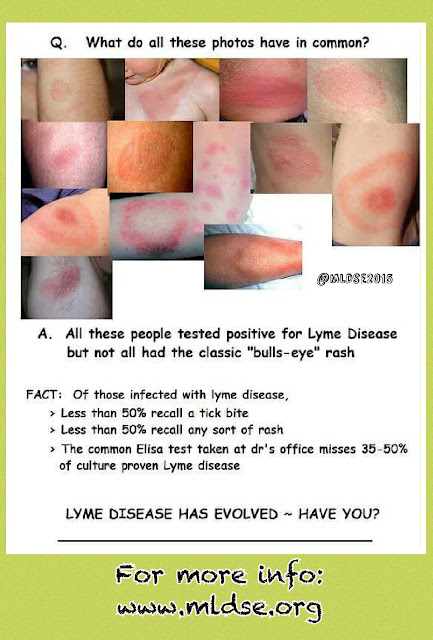Protecting Our Pets
(Photo of my babies: Cody, Lily and Max)
Author: Paula Jackson Jones
Published: 04/21/2017
For more information about protecting your pet, visit our website or talk with your vet if you
have questions about the vaccine and the best Lyme prevention protocol for your
pet overall.
~Paula
Author: Paula Jackson Jones
Published: 04/21/2017
Our pets love to be outside, roaming around and they are
just as susceptible to tick exposure as humans. They frolic, play, romp and
roll in areas prone to tick habitats (the woods and grassy areas) and generally
have an overall innocence about the dangerous that await them.
In our prevention talks, pets are one of the five points
of prevention practices that we address (Skin, Clothing, PETS, Homes and
Yards).
There are many products are available to prevent your pet
from coming into contact with ticks and you need know their proper usage and
stay atop the dosing times for the most effective protection. These can include oral medications, topical
formulas, collars and other permethrin-infused clothing your pet can wear.
I was speaking with a local Maine vet in preparation for
this week’s article. She spoke of the following: Oral meds require a
prescription and last about 90 days; topical formulas applied directly to pet’s
skin (3-4spots) tend to be the least expensive but only last 30days. There is a
collar that lasts 8 months and comes with a rebate to make it more affordable. She
also informed me that some local vets work with out of town/state vets ~ so if
you are a seasonal resident or visitor, you can have your vet call the local
vet to get your prescriptions filled locally.
Dog Not Gone is a Maine company that has permethrin-infused reflective
vests that come in many sizes for dogs, cats and horses.
Not all preventives are the best choice for every pet,
however, and some pets may have adverse reactions to a certain product. The
American Veterinary Medical Association (AVMA) advises:
“Parasite protection is not ‘one-size-fits-all.’ Certain
factors affect
the type and dose of the product that can be used, including the
age, species, breed, lifestyle, and health status of your pet, as well
as any
medications your pet is receiving. Caution is advised when
considering
flea/tick treatment of very young and very old pets.
Use a flea comb on puppies
and kittens that are too young for
flea/tick products. Some products should not
be used on very old
pets. Some breeds are sensitive to certain ingredients that
can make
them extremely ill. Flea and tick preventives and some medications
can
interfere with each other, resulting in unwanted side effects,
toxicities, or
even ineffective doses. It’s important that your
veterinarian is aware of all
your pet’s medications when considering
the optimal tick preventive for your
pet.”
There are also vaccines available that can help guard
against Lyme and tic-borne diseases. These can involve an initial shot and a
booster given several weeks later, with annual vaccination following.
~Paula






Comments
Post a Comment